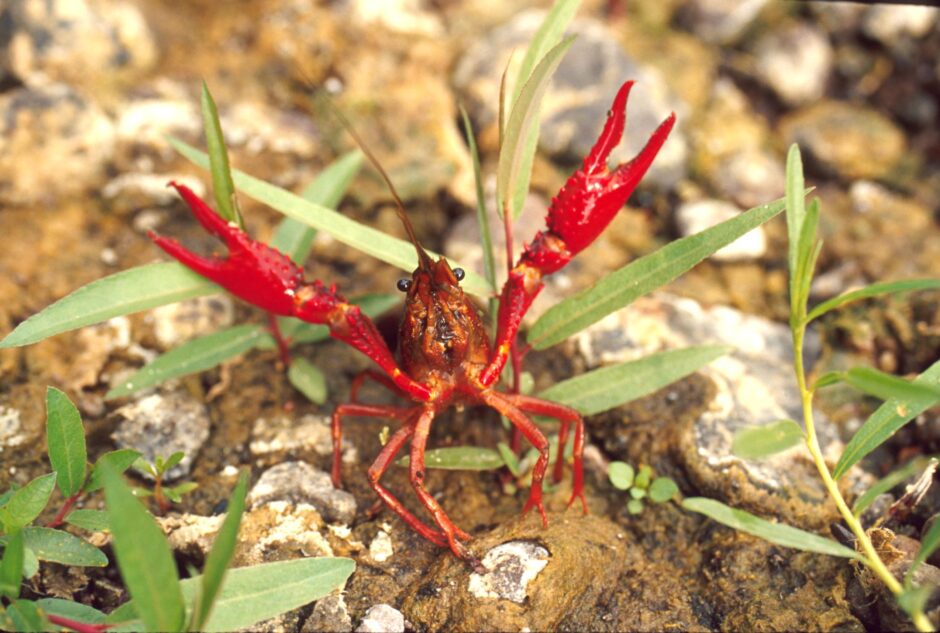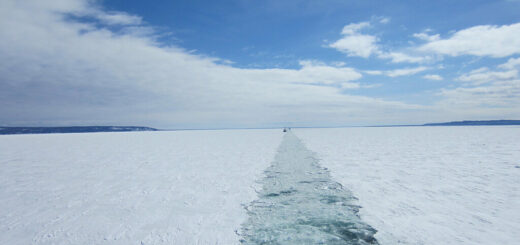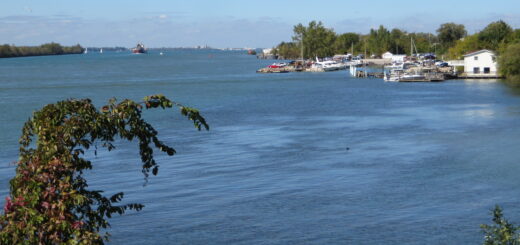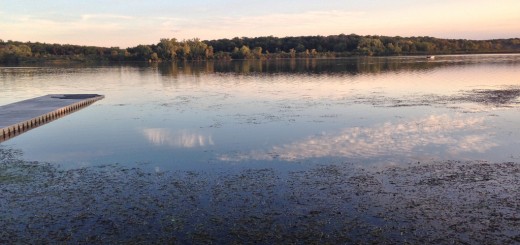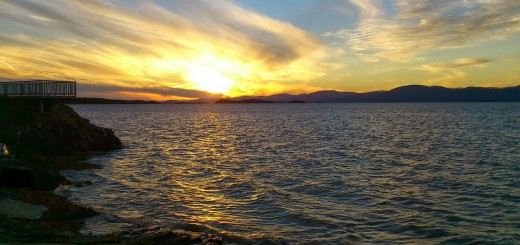Research Brief: Using Red Swamp Crayfish as Bioindicators of Microplastic Pollution
0As microplastic pollution grows in frequency, alongside it is a rising tide of literature discussing and researching the subject—both in terms of impact and response to the climbing threat. Plastic of all shapes, sizes and uses have become so integral in the human and natural world that many scientists have come to deem the modern era the Plastic Age.1,2
With 400 million tons of plastic produced annually as of 2023 and a projected double in production by 2050, it’s unsurprising that the world’s oceans have been inundated with plastic waste.3 Plastic has been found in the deepest part of the ocean and is a large percentage of the Great Pacific Garbage Patch, as well as other floating debris.
Microplastics enter the water as primary microplastics or secondary microplastics. Primary microplastics are small pieces of plastic manufactured in products, such as cosmetics or microfibers from clothes; Secondary microplastics are created from the breakdown of larger plastic items. Regardless of how they enter the environment, microplastics are harmful to aquatic life, impacting water quality and the health of fish and birds, as well as other organisms living in or near impacted waters.
While human-led cleanup efforts occur every year, scientists have also shifted focus to using the environment to combat microplastics. In particular, much of this research focuses on how various species can be used as bioindicators of plastic pollution and as a means of filtering microplastics out of the environment.
A 2023 study published in Ecological Indicators examined the accumulation of microplastics in the digestive tract of invasive red swamp crayfish (Procambarus clarkii) as well as the factors that impact accumulation. The team hypothesized that red swamp crayfish would be a good bioindicator of microplastic pollution in lentic freshwater ecosystems since the same types of microplastics can be found in P. clarkii and abiotic compartments like water and sediment.1
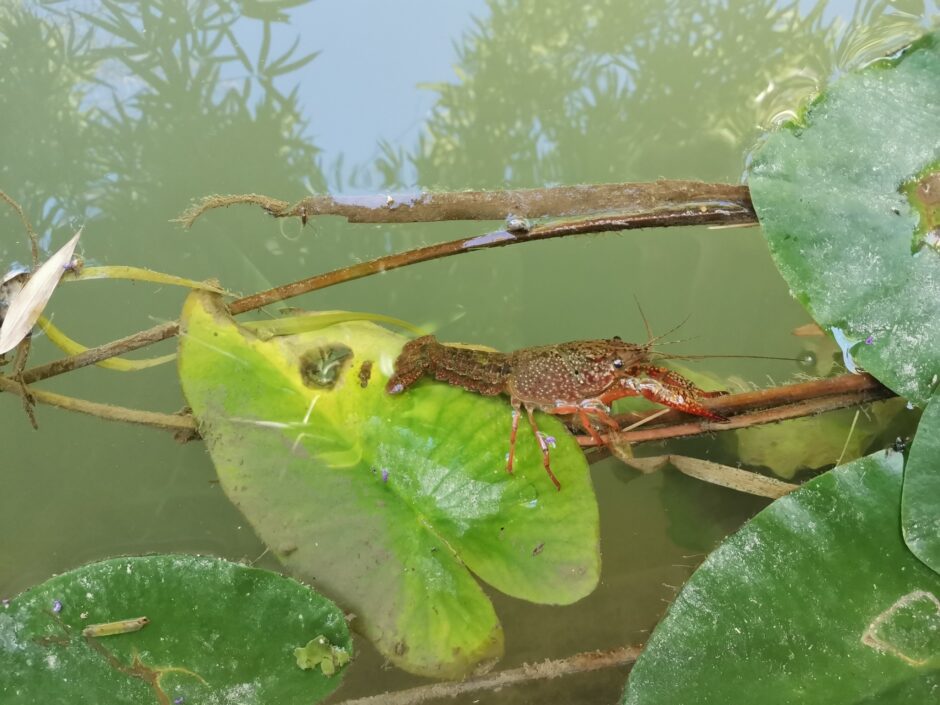
Red swamp crawfish (Credit: camilleprieur7 via iNaturalist CC BY-NC 4.0)
Methods
Lake Candia was chosen due to the system’s “naturalness.” 1 Located near the Western Alps, Lake Candia Nature Park is a listed biotope in Piedmont and is classified as a Site of Community Importance. The lake is comprised of two wetlands, a glacial lake and a marsh, all connected by a channel system. It is also home to a variety of unique species, including an established and reproductively active population of red swamp crayfish.
Water, sediment and specimens of red swamp crayfish were collected from four sites in Lake Candia in two consecutive years in order to assess how microplastic contents in crayfish specimens compare to those found in water and sediment. Water and sediment samples were collected in August 2021 and August 2022.
A total of 90 specimens of red swamp crayfish were collected at the four sampling sites. After being cleaned and euthanized, each were dissected, and the digestive tract was investigated for microplastics. Water and sediment samples were cleaned and screened for microplastics as well. Pieces were classified by shape and color.
Results
Samples from the sediment, water and crayfish found that the same microplastic items could be found in all three assessments, indicating that red swamp crayfish may be good indicators of microplastic pollution. The lowest number of microplastics were found in crayfish with the highest weight, likely due to their feeding habits, meaning that smaller members of the species are better indicators than their larger counterparts.
The European Union ranks red swamp crayfish in the top places among the 100 most harmful “Invasive Alien Species” list. However, the species could be utilized by researchers in other parts of the world trying to assess the characteristics of microplastic pollution in various bodies of water. These crayfish reshape ecosystems as keystone species, and they have the potential to assist researchers in areas they’ve already invaded.
Source
- Paolo Pastorino, Serena Anselmi, Anna Zanoli, Giuseppe Esposito, Fabio Bondavalli, Alessandro Dondo, Alessandra Pucci, Elisabetta Pizzul, Caterina Faggio, Damià Barceló, Monia Renzi, Marino Prearo. (2023). The Invasive Red Swamp Crayfish (Procambarus Clarkii) As A Bioindicator Of Microplastic Pollution: Insights From Lake Candia (Northwestern Italy), Ecological Indicators. Volume 150, 110200, ISSN 1470-160X, https://doi.org/10.1016/j.ecolind.2023.110200.
- Thompson Richard C., Swan Shanna H., Moore Charles J. and vom Saal Frederick S. (2009). Our plastic age. Phil. Trans. R. Soc. B3641973–1976. https://doi.org/10.1098/rstb.2009.0054
- PlasticsEurope, 2022. Plastics-The Facts 2022. An Analysis of European Plastics Production, Demand And Waste Data. PlasticsEurope AISBL, Association of Plastics Manufacturers, Bruxelles, Belgium. https://plasticseurope.org/knowledge-hub/plastics-the-facts-2022/




